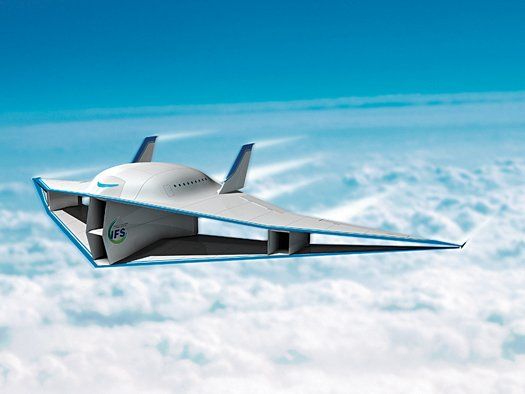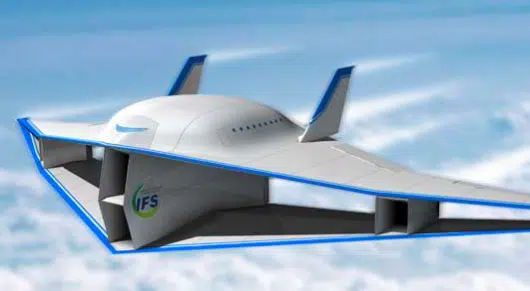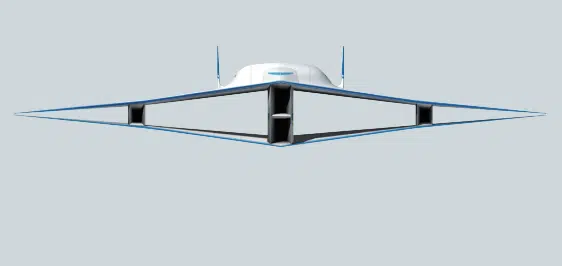Researchers Pushing Boundaries: Advancements in Supersonic Biplane Design to Eliminate Sonic Boom
In a bid to overcome the challenges posed by the drag of a supersonic biplane design, researchers are currently working on enhancing the concept using computer simulations. The original idea of a supersonic biplane without a sonic boom was conceived by engineer Adolf Busemann in the 1930s. Busemann’s design involved utilizing two wings at opposing angles to bounce off shock waves and cancel out the sonic boom effect. However, this innovative approach resulted in excessive drag, making it impractical for actual flight.
To address this limitation, two groups are now actively engaged in refining the concept through the use of computer simulations. Engineers from Tohoku University in Japan have come up with a solution involving wings equipped with adjustable flaps. These flaps are capable of adapting to the drag experienced at different speeds, thereby optimizing the aerodynamics of the supersonic biplane design.
By incorporating these shifting flaps, the engineers aim to mitigate the drag issue that plagued the initial concept. The computer simulations enable them to study the performance of the modified design in a virtual environment, allowing for precise adjustments and evaluations before any physical implementation takes place.
The research conducted by these groups represents an important step towards realizing the vision of a supersonic biplane that can travel faster than the speed of sound without generating a sonic boom. Successful implementation of this design could potentially revolutionize supersonic aviation by significantly reducing the noise pollution associated with high-speed flights.
While challenges still remain, such as the need to validate the modified design through physical testing, the ongoing research endeavors provide hope for a breakthrough in supersonic biplane technology. With further advancements and refinements, it is possible that Adolf Busemann’s vision of a supersonic biplane without a sonic boom could become a reality, opening up new possibilities in aviation and transportation.
Hits: 6








